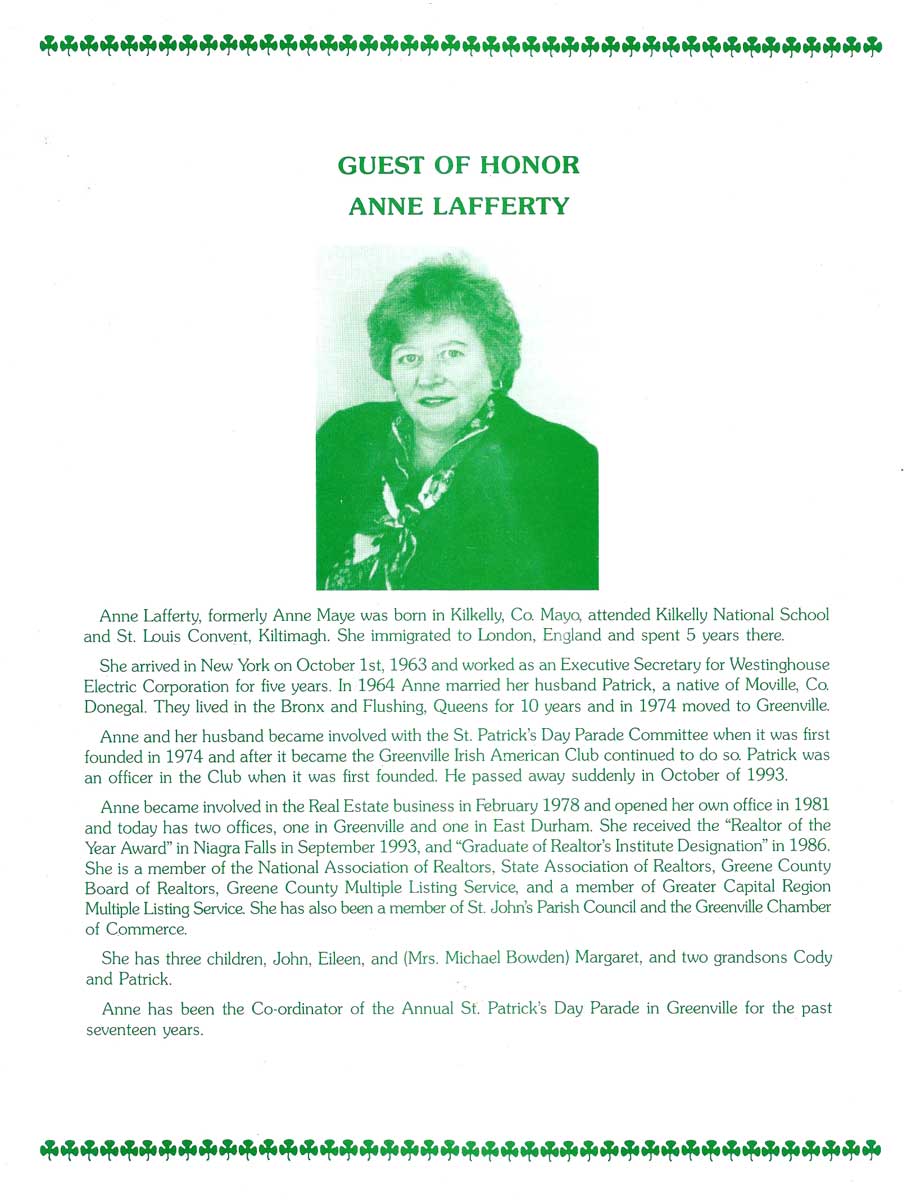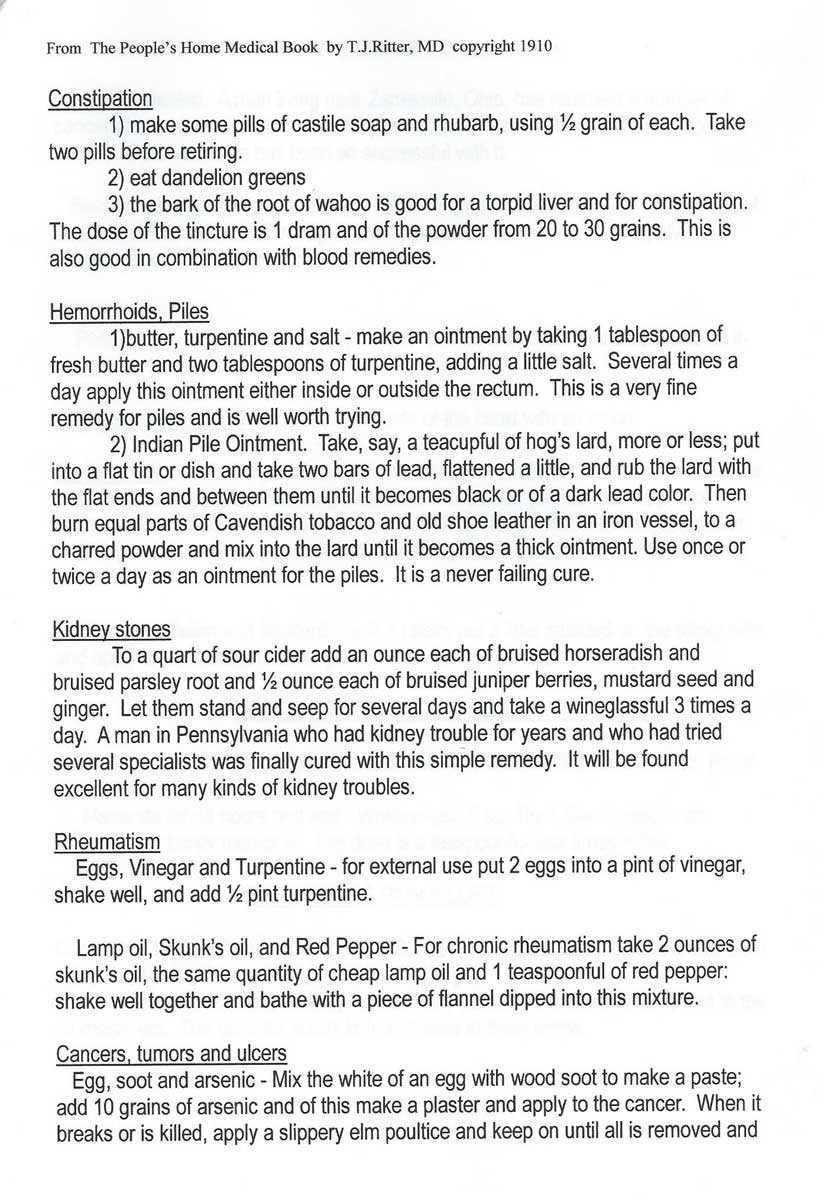subscription newsletter text is here, as are photos
past newsletters are available at: http://www.dteator.com/glhg/glhg.htm
A summery, 85-ish degree day flowed into the GLHG
meeting, quite unlike the cooler weather you have heard the locals
complain about.
Amongst the regulars in attendance: Bob & Marie Shaw, Lew &
Sue Knott, Melinda Mullen, Evelyn
Jennings, Stephanie Ingalls, Christine Mickelsen, Walter & Donna
Ingalls, Tim Broder, Allyn & Marie Shaw, Phyllis Beechert, Mary
Heisinger, Robert & Diane Uzzilia, Johanna Titus, Rachel Ceasar and
dad Rich Ceasar, Barbara Schmollinger, and Don Teator.
Filling out the cast of 30-35 were Jim & Teresa Pagan, John
& Gail Kargoe, Jack Kelly, Anne Lafferty, Betty Hayden, and a few more
I could not catch. If you were there, and not mentioned, and want me to in
the next newsletter, let me know (and my apologies).
The evening’s program was a rare two-parter. Perhaps, in the past, we would have used a share session. However, given the absence of share sessions, it is still vital to recognize these shorter, but no less important, segments of our local history. So, I predict this will not be the last two-part program.
The first part – seen in regularly in our past
several April share sessions – featured Mary
and Allyn Shaw’s Household Mysteries of Yesteryear.
Typically, they have brought several or more devices from a typical
household (especially the kitchen) of our grandparents’ (or older)
generation. We would guess what we were viewing and occasionally correctly
identify the object, leading to even more chatter of old stuff of
Yesteryear.
I had been given a hint that
this evening might be different, and it sure was.
First, Allyn and Mary brought enough material to fill two table
tops, most of which was books, bottles, small cases, and a couple
hand-held machines.
Second, they announced they would be featuring home remedies for
many illnesses and discomforts of life of Yesteryear.
Third, they needed
a “volunteer” from the audience to test some of these fixes. I think
they had someone in mind because, before anyone could volunteer, they
named Bob Shaw as their patient. Based on the evening’s performance, Bob
deserved a gold star for accepting and adding to the humor and fun of the
presentation (as well as for father-in-law of the month!).
Mary (as Nurse Jane
Fuzzy-Wuzzy) conducted most the program, and would ask her patient if he
suffered from a particular malady. Bob could try to deny such an
occurrence but it became obvious he would be treated for it anyway, so he
yielded and suffered through one of the sickest evenings of his life.
Fortunately, by evening’s end, he was no worse off than when he started,
and the audience alternated between chuckling at the repartee between the
two and shaking our heads at the crudeness of some of the cures.
We knew Bob was in
trouble when Nurse Jane asked if he had fleas, head lice, thinning of the
hair. He started to decline but had to concede, for the sake of the show,
that he might, possibly, be suffering from all those. The Invigorator, a
hand-held mixer with four swirling pads, was held two inches from Bob’s
head for effect.
Other handy cures
this evening:
==> Pure kerosene was the base of many
cures
==> A skull drill, to relieve pressure
because of depression
==> An eye cup, to irrigate the eyes with
whatever fluid recommend for eye troubles
==> Cherry pectoral, and other medicines,
for difficulty breathing and allergies
==> Atwood bitters, bromo-seltzer, milk of
magnesia and others of their ilk, used for indigestion
==> St Jacob’s lineament, for rheumatism
and arthritis
==> Also “curing” those last two
ailments was two electrodes to be placed on the head, with an electric
current to buzz the ailments away. I think everyone flinched, and Bob was
ready to run if Nurse Fuzzy Wuzzy got any closer
==> A raw meat press, to press raw meat,
with the juice to treat general ill feeling
==> Raw kidney and liver, to cure kidney
stones
==> Sloan’s, to alleviate back pain
==> Sugar, which seemed to be a cure, or
accompaniment for many ills
==> Patch’s cod liver oil, for general
health (and still today!)
==> Scott’s Emulsion, prepared with lime
and soda, used for some ailment
==> A gigantic needle could have been a
flu shot injector or a bleeder (George Washington was mentioned)
==> And there were several more that we
appreciated not being subjected to.
==> In the background, Allyn played “A
spoonful of sugar makes the medicine go down” from Mary Poppins
It was fun, and words cannot replicate the amusing half-hour we enjoyed.
Thank you, Allyn & Mary!
We took a five minute intermission for the Shaws to
clear the front table and for me to set up a slide show.
I proceeded to
pretend that I had just happened to be driving through Greenville the
Saturday after St. Patrick’s Day and
stumbled upon a parade breaking out, and just happened to have my camera
along.
It was a good excuse to recount a Greenville institution that many
of us take for granted. The 1960s and early 1970s had seen the wave of
tourism that had drawn many City area residents to Greene County, and who
enjoyed the entertainment & the scenery, bought a second home, or
moved permanently. After one local spot used for dancing closed, a few
people got together to continue the practice elsewhere, and St. John’s
Hall was the first convenient spot (in case you were wondering why
Greenville is the Irish parade center!).
According to my earlier notes, some of the very beginning
organizers included Pat O’Regan, J & E Mc Loughlin, P O’Keefe,
Millie and Jim Donohue. A year later the Laffertys were involved.
A slide show of the pictures of the 2014 parade ensued, with the
usual cast of characters filling the parade route on a typical March day.
With the slide show done, Don questioned if any of the founders
could still be living. All but two are deceased, and one of those two is
in a nursing home. But, Anne Lafferty, of course, is still active and was
called up with her friends and fellow organizers Betty Hayden and Jack
Kelly. Betty has organized the parade the last ten years (Anne the twenty
years before that).
So, history
straight from the sources was revealed. The year following the first
parade (1974), the Irish-American Club
was founded and has become one of Greenville’s most active social clubs.
In addition to the parade, the Club sponsors dances in the spring and
fall, a summer picnic, monthly meetings, and gobs of fund-raising. The
fuller story is contained in the included copies of two pages from the
1998 (25th Anniversary) Greenville Irish American Club booklet:
the guest of honor page, and the history page.
This evening was a
good opportunity to recognize a slice of current history that works so
seamlessly in our lives that sometimes we recognize the efforts of those
people only after it has passed into a hazy history. So, thank you, Anne
& Betty & Jack for representing the Irish American Club, and thank
you (and the others involved) for all your efforts, and may there be at
least another forty years of parades.
CAUTION: The next meeting on June
9 will NOT be at the Library but will instead occur
at Pine Lake Manor, about a mile east of Greenville on Rt 26.
Go past Stewart’s, take the left fork up the hill (Rt 26), wend your way
past Rainbow and then Highland Road. At the next intersection with Newry
Rd, continue straight for another 100 yards and you have arrived at Pine
Lake Manor. We will meet in one of the dining rooms, and drivers should
look for an empty parking spot. Joanne said she would try to have someone
directing traffic into the parking lot spaces.
This is GLHG’s third foray into live, on-the-spot history of the
boarding-house/resort era in Greenville. (Two years ago was Sunny Hill;
last year was at Baumann’s Brookside.)
Joanne (Schirmer) and Tom
Baumann (with help from the matriarch Jo Schirmer, I am told) will give us
the history of Pine Lake Manor and of Twelve Maples (and a certain
parrot!). It promises to be another highlight of our year. If you want to
reminisce, or want to know more about the early boarding houses, this may
be one of the last of the great opportunities to do so.
Those of you who receive this by email, feel free to
forward. Or send me an email address and I will add it to the list. It
seems the email list just keeps growing, with about another ten added this
past month.
Another reminder that my web site (www.dteator.com) will take you
back to the last two years’ worth of newsletters (and documents and
photos).
Other Notes:
The
Greene Country Historical Society is sponsoring another Homes
Tours, this year in the Kiskatom and High Falls area on June 7th.
Go to www.gchistory.org for more info on this and other activities.
The Civil War Round Table
continues its monthly schedule on the second Wednesday of the month. Call
or email Mary Heisinger for more info (966-4832, Kler98@aol.com).
The
Mountain Top Historical Society offers a full season of events
(as well as hikes in the Catskill Mountains). Consider becoming a member,
or check out its website: www.mths.org
Community
Partners of Greenville (aka as Greenville Citizen’s Park
Committee) is a “non-profit organization committed to the protection,
preservation and development of natural and historic resources in the
Greenville area.” Among its recent achievements are: Vanderbilt Park
improvements and planning, Greenville Beautification project, Freehold
Beautification project, Greenville Day, Adopt a Highway program, and more.
Go to communitypartnersofgreenville.org for more information, and please
consider membership or a donation. (Community Partners of Greenville, PO
Box 252, Greenville, NY 12083)
In addition to the two pages of Irish American Club material, I am copying a page from the Shaw presentation. (There are many books about old remedies, in case you are interested.)
Stay healthy (or Nurse Jane will be after you!),


